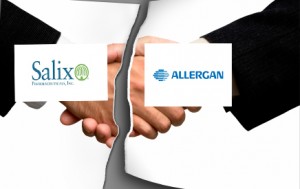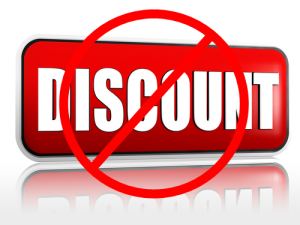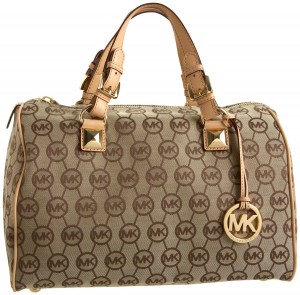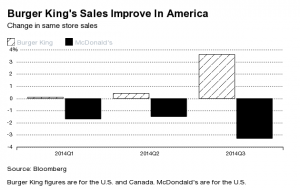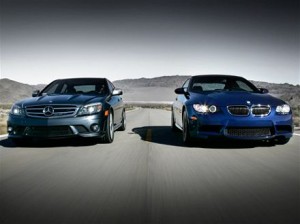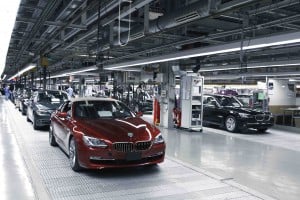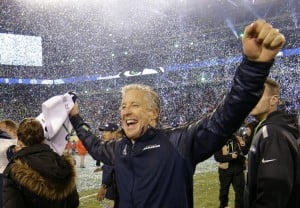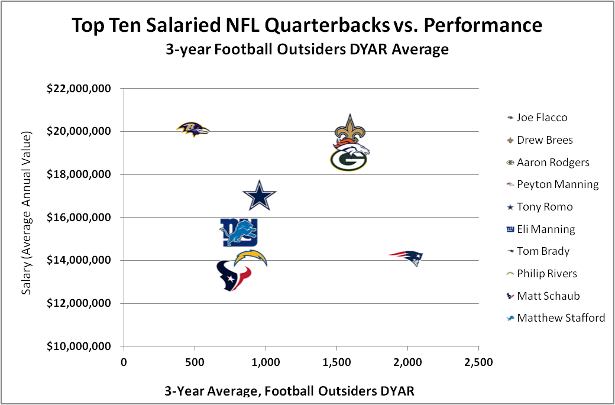Move over Pumpkin Spice Latte! There is a new drink in town…but wait, where is it? The signature Starbucks red cups are back, which can only mean one thing! The holidays are near. The holiday season for Starbucks is their most profitable and busiest season. However, there was something missing from this festive time a year. The Eggnog Latte! A staple holiday drink for Starbucks since 1986 was not on the menu for this season. Which left more than just a few customers grumbling Bah Humbug.

After almost 30 years of success, why was Starbucks pulling the hot seller off the menu? Starbucks spokeswoman Linda Mills said, “The chain initially kept the flavored coffee off this year to ‘optimize’ it for new offerings like Chestnut Praline.”
One loyal customer, 35-year-old firefighter, Travis Block just could not get into the holiday spirit without his Eggnog Latte. So he did was any person would do, he took to social media to protest. One tweet to Starbucks turned into to thousands more and plenty of retweets. Calls, emails and letters started overflowing the Starbucks headquarters, and an online petition even gained over 2500 signatures to bring the signature drink back!
Starbucks clearly received the message and loves its customers “a latte” that it has agreed to bring back the Eggnog Latte this season. Mills has announced that the Eggnog Latte will start appearing in stores by November 17th. Starbucks apologized to its millions of customers saying, “We made a mistake. We are very sorry.” Starbucks learned its lesson, “Many customers have a very emotional connection to the holidays, and Starbucks is part of that tradition.”
However, quick adjustments to menus are not always easy to fix. Starbucks is now struggling to find enough eggnog from suppliers to bring the drink back to every store. With this being their busiest and most profitable time of the year Starbucks understands the urgency to get the drinks back in the hands of their loyal customers.
It seems as if Starbucks got too wrapped up in the excitement of their new holiday drink line, that they forgot what their customers really wanted. One reason people choose Starbucks over other coffee chains are because they can customize their drink to their exact liking. Starbuck’s customers are not ones for change. Something Starbucks perhaps forgot about.
There is no doubt, Starbucks loves its customers, a latte, but they will need to improve on staying process focused and understanding what products their customers really want moving forward.
How could Starbuck’s have overlooked their customer’s love for the Eggnog Latte? The company has never had a problem like this before, so what do you think happened?
What could Starbucks have done to prevent this nightmare before Christmas from happening?
http://www.today.com/money/starbucks-brings-back-eggnog-latte-after-customer-protest-1D80271463
